One of the questions almost as old as pasta is: should water be salted before or after boiling?
Well, it doesn’t make any substantial difference.
Throwing salt into cold water would make it boil later? Yes. But…
Adding salt to the water increases its boiling point elevation (BPE). However, to increase a litre of water by 1°C, 58 grams of salt should be added, when the average quantity used for an “edible” pasta is one-tenth of that. So basically, when we add salt to cold water, we’re raising the boiling point, although imperceptibly.
By throwing the salt into the boiling water, do you see the bubbles more conspicuous and “vigorous”?
The reason is not that salt boils the water first (nor more, nor better). Rather the salt crystals act as “nucleation sites”, which, briefly and roughly, help water to form vapour.
You may have heard that salt if thrown into cold water, touches the bottom before dissolving and this can form small points of corrosion (“pitting“, technically speaking).
True. But… in practice, the quantity of salt is so small, and the pan is normally of corrosion-resistant steel: nothing that a good clean wouldn’t counteract effectively.
Besides that, the white dots we see on the bottom of the pot are most often due to limescale!

 Italiano
Italiano
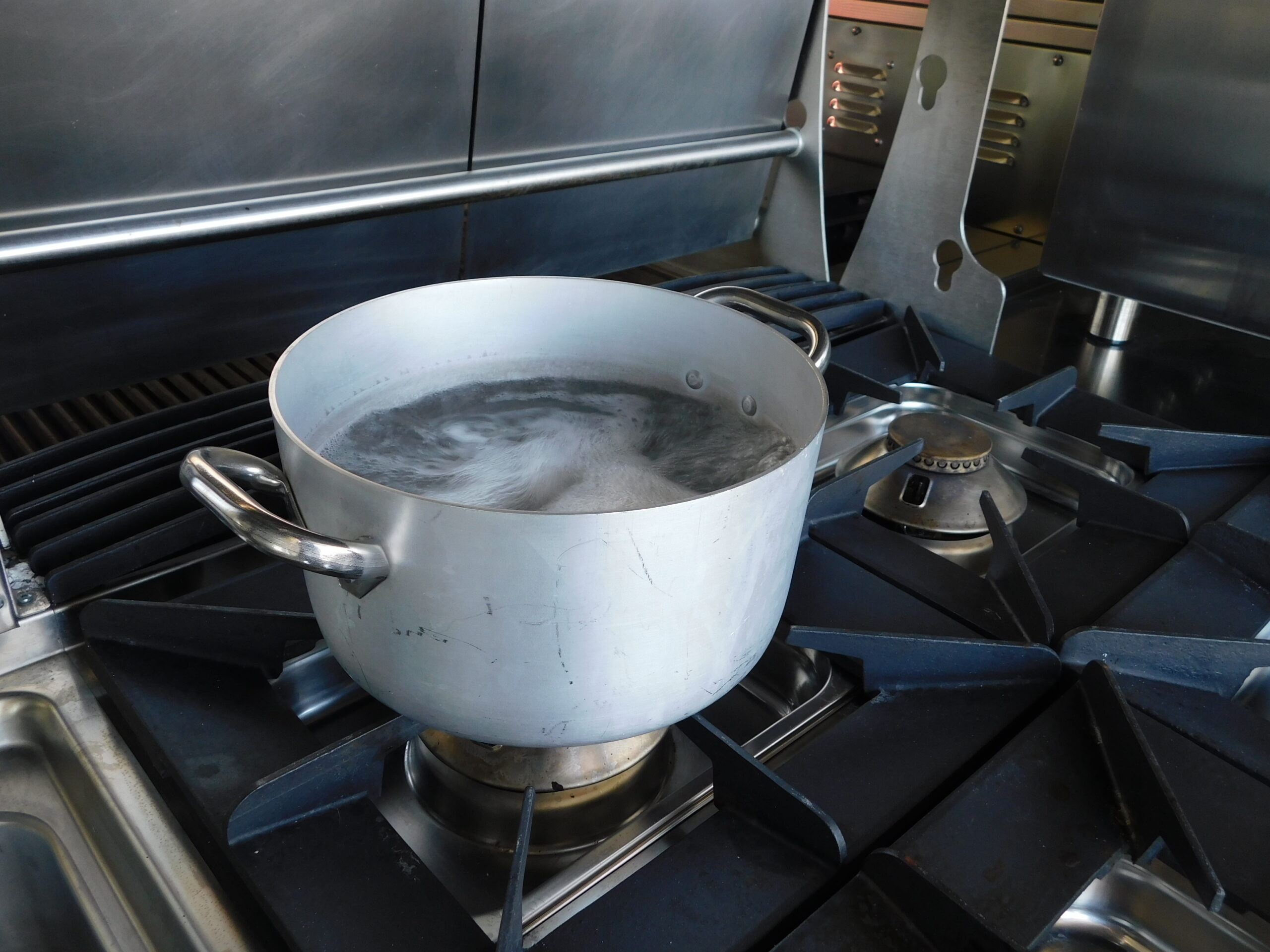
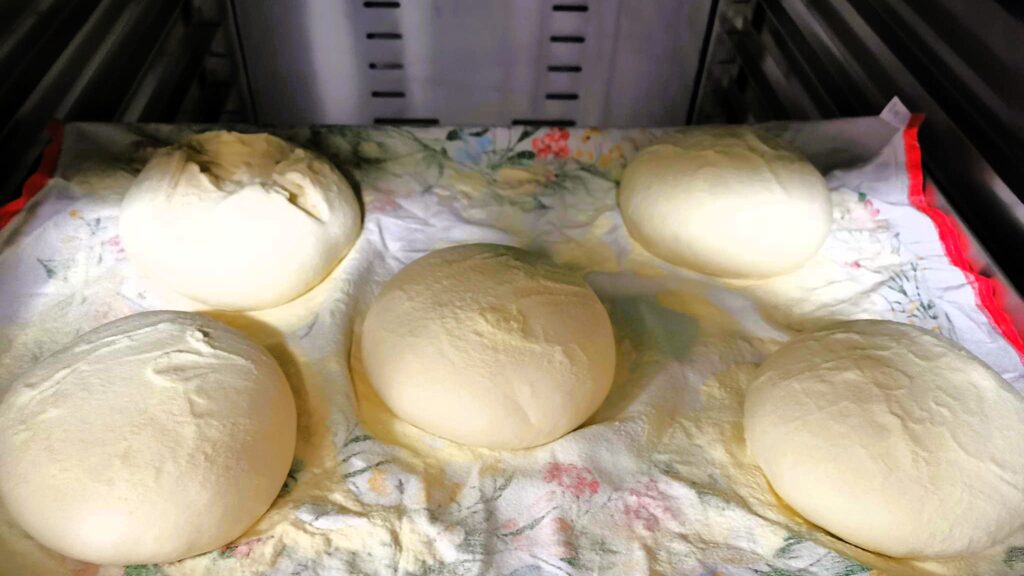
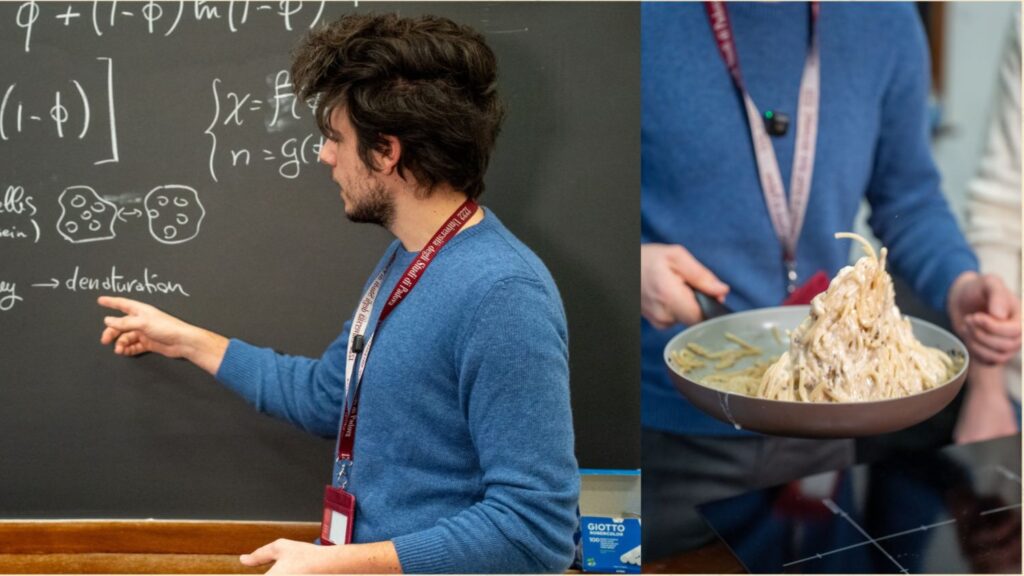
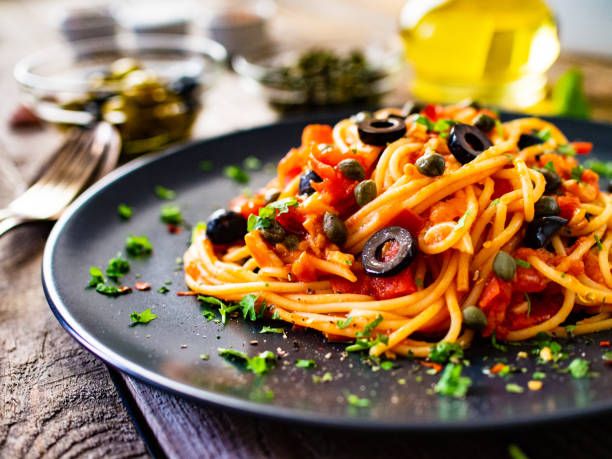
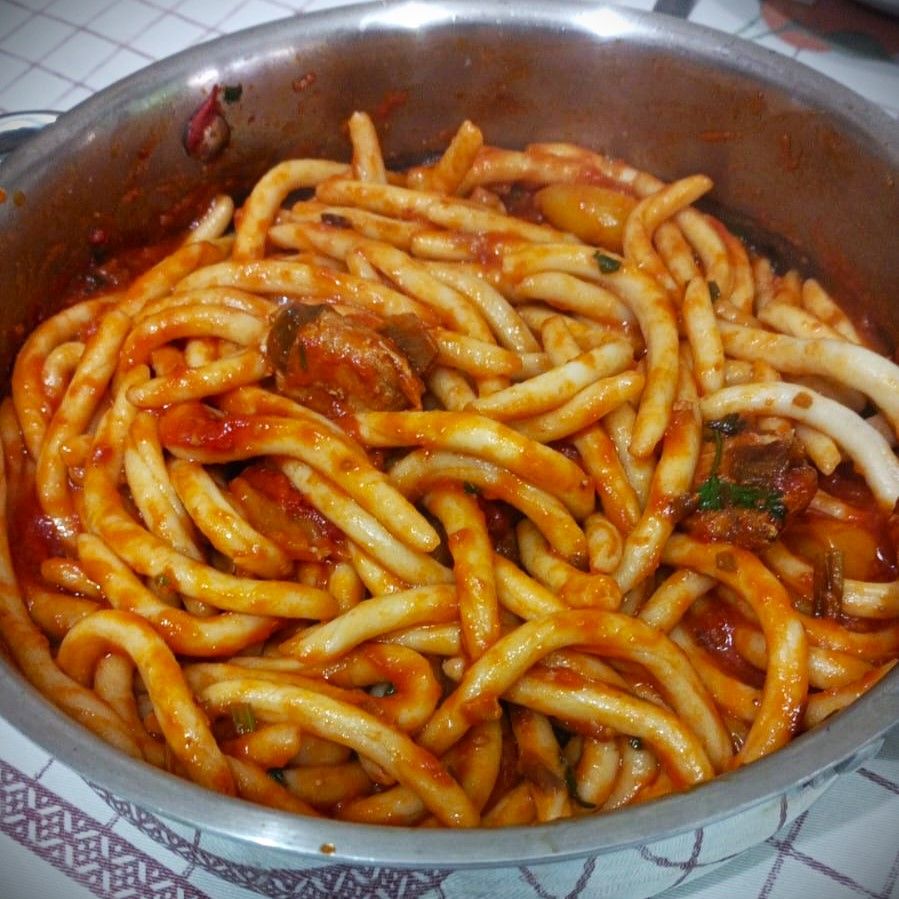
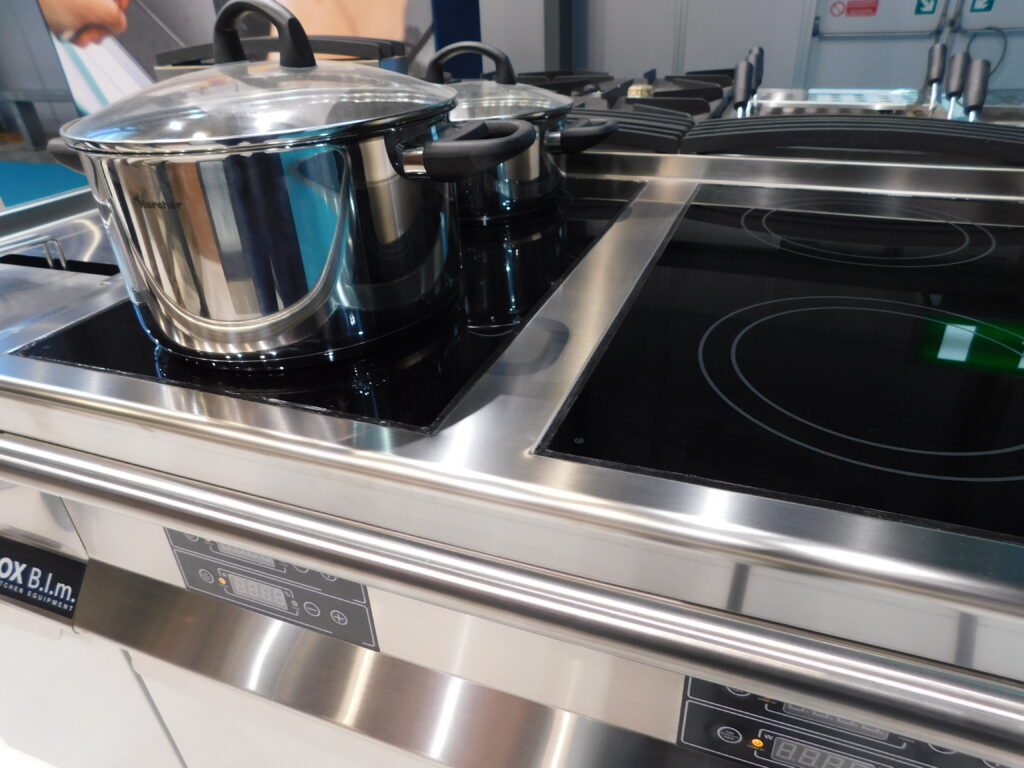
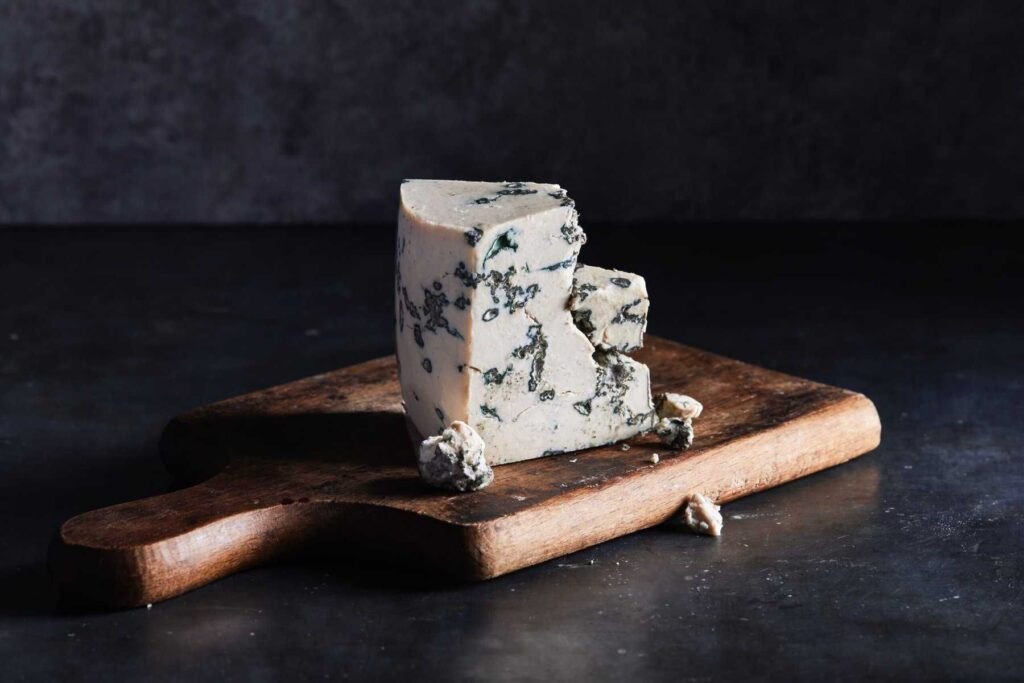
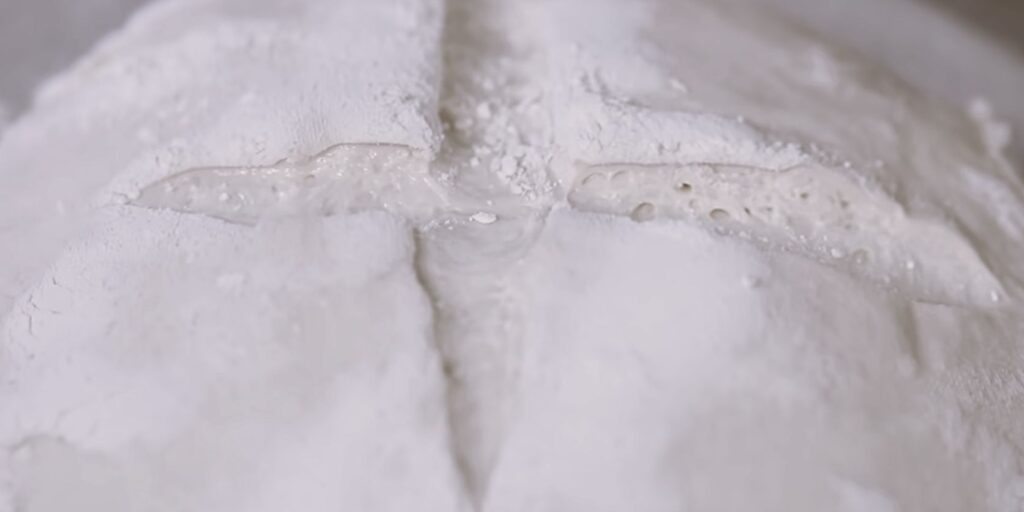
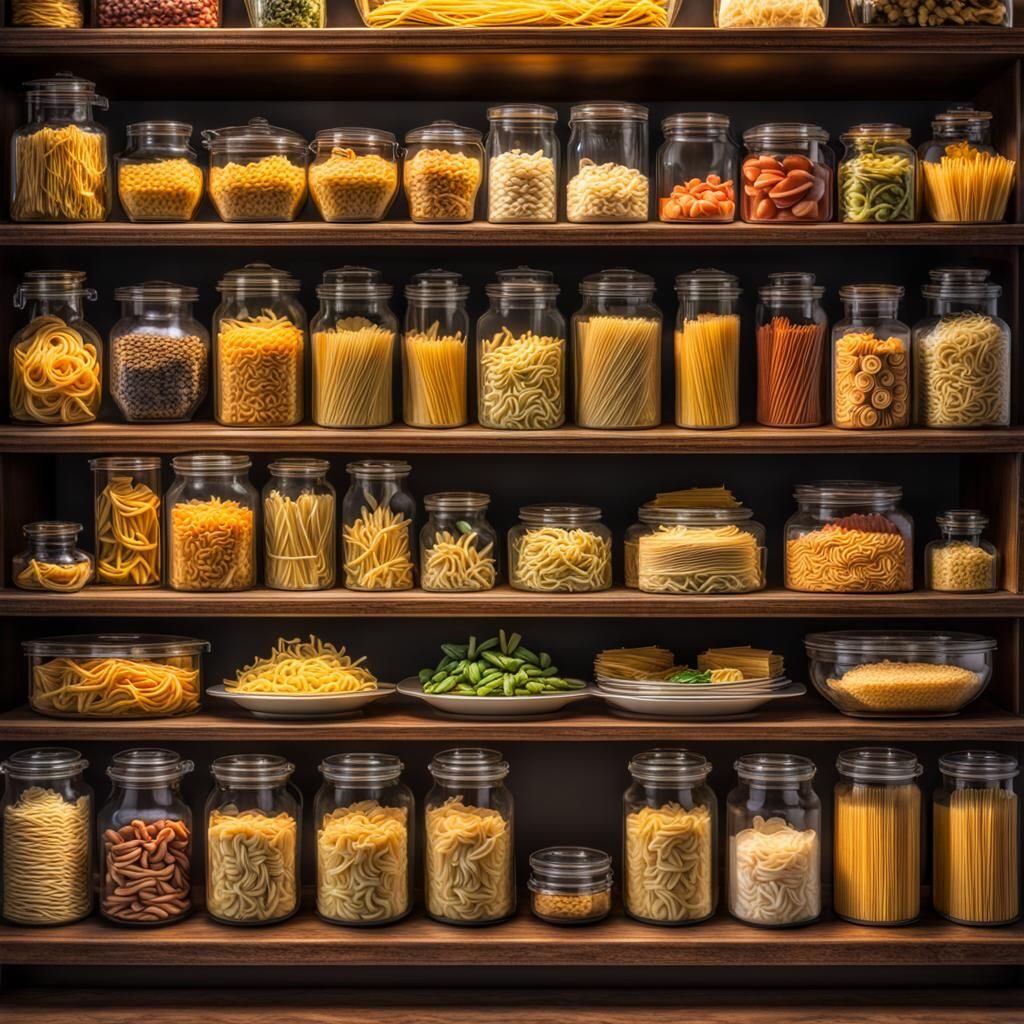
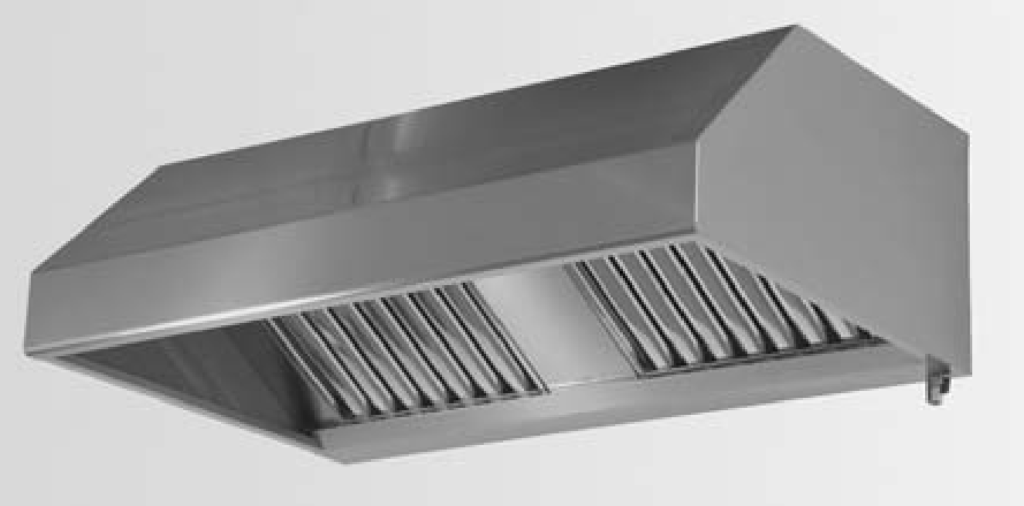
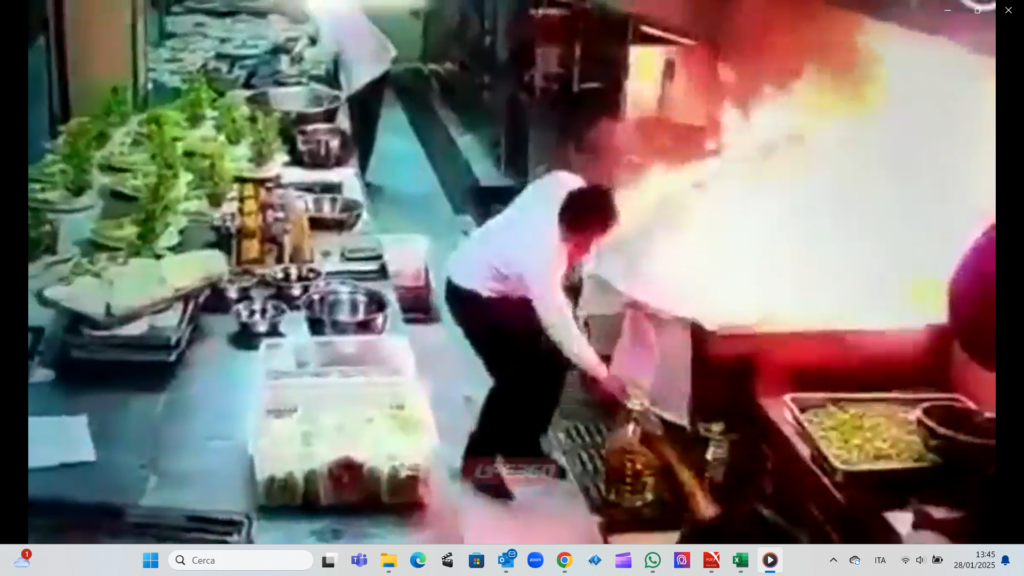
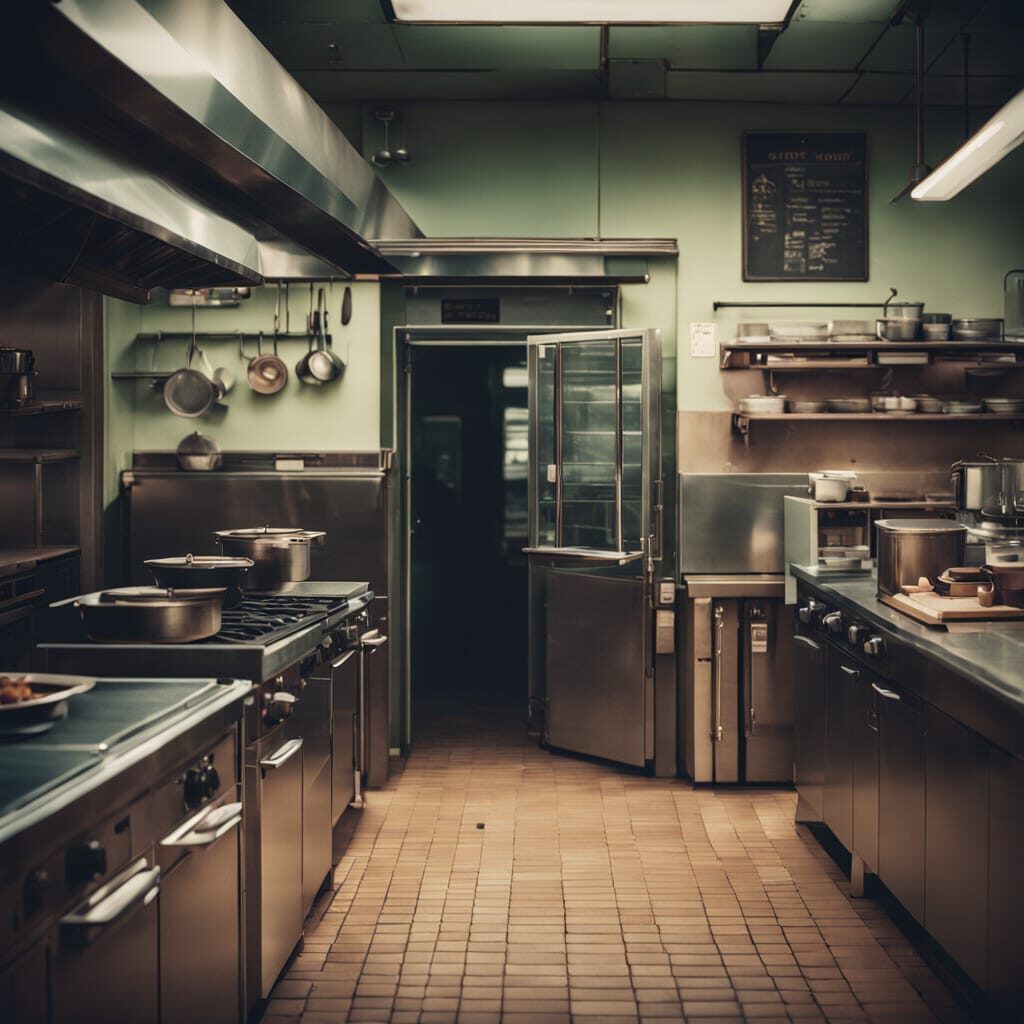
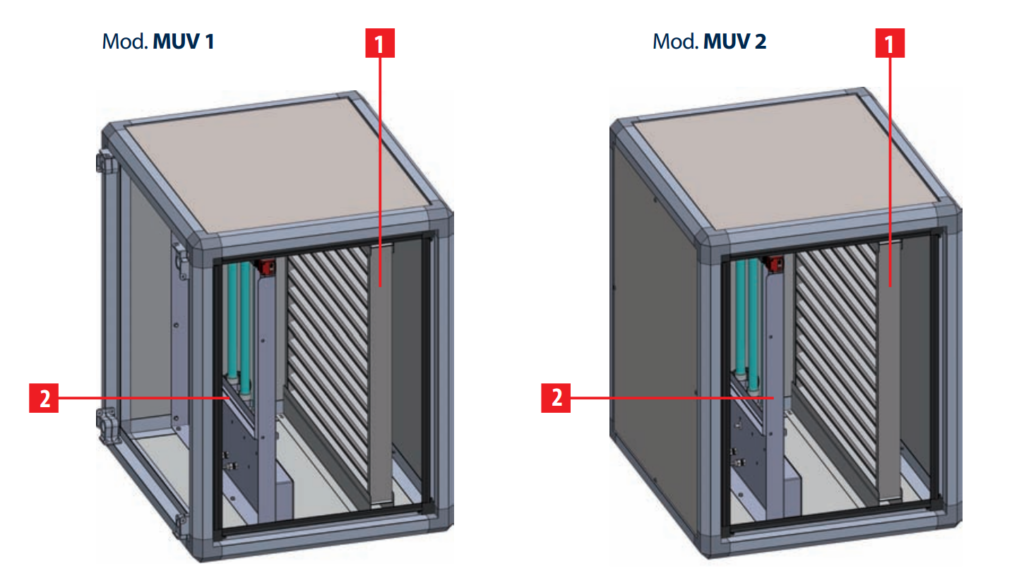

Dio fece il cibo, ma certo il diavolo fece i cuochi.